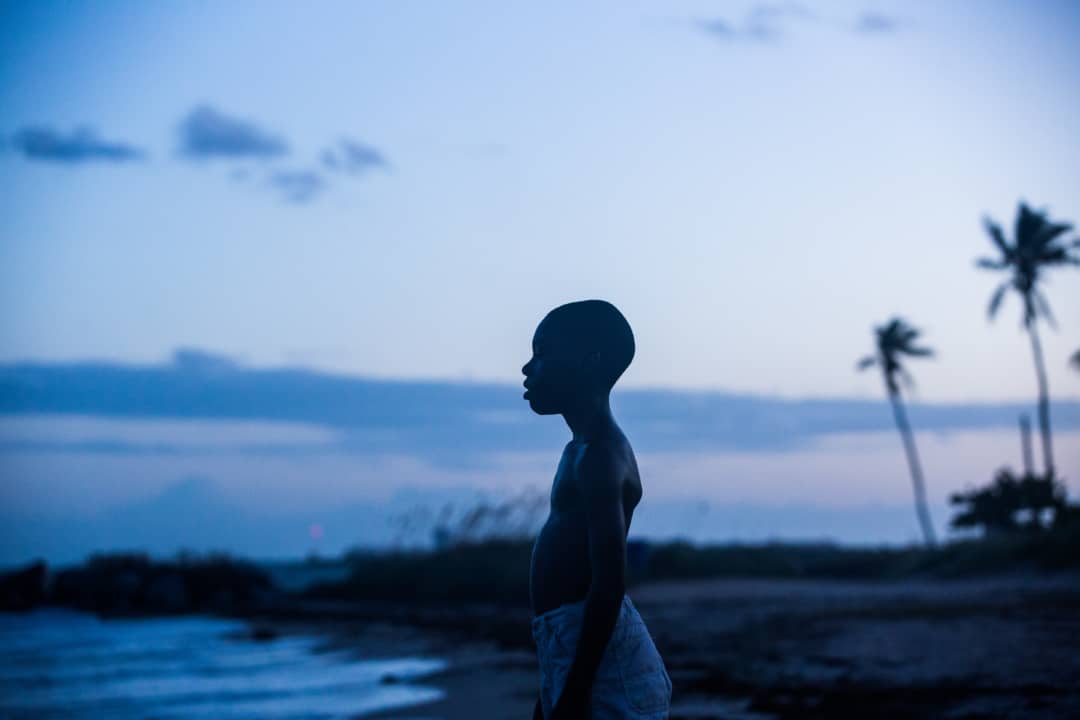As the 2010’s has come to a close, it has become apparent that watching films at the theatre is far less popular than it was compared to the beginning of the decade. Big-screen viewings have been overtaken by small-screen distribution companies like Netflix and Amazon.
This shift has increased accessibility to movies for the public, who are watching more movies from around the globe, leading to what is now called the New Golden Age of Television. It is against that backdrop that I have compiled my favourite movies from the last ten years. In no particular order, here are the group of must-see films — both foreign and domestic.
Moonlight (2016)
Barry Jenkins’ masterpiece, Moonlight, is arguably the best film to appear during the past decade. For this film buff, it ranks as one of my favourite films of all time. The story grapples with the experiences of a young, Black, and gay character as he struggles to find his identity in a world that refuses to accept him.
To say that Moonlight is visually stunning is an understatement. The cinematography ventures into a previously unseen world of cinema by combining different hues of purple, blue, and yellow — all conveying the film’s raw emotion. The art of the film is undeniable; It is both powerful and genre-defying. Moonlight has set a new standard for storytelling and cinematography.
Mad Max: Fury Road (2015)
One might bristle at placing a post-apocalyptic franchise film in a discussion surrounding the best films of the decade, but Mad Max: Fury Road is not your basic formulaic piece. This action-heavy visual assault defies all the clichés as it displays groundbreaking cinematography. The film is bathed in a saturated orange hue and makes no apologies for communicating a powerful feminist message. The six Academy Awards it received speak for themselves — Mad Max: Fury Road is a definite must-watch.
Whiplash (2014)
Damien Chazelle’s intense drama is about a young man at an elite music conservatory who will stop at nothing to become the top jazz drummer at the school. His determination means that he’ll have to survive unrelenting abuse from his instructor, who is ruthlessly played by J.K. Simmons, a role that earned him an Academy Award for Best Actor. Whiplash is both electrifying and masterful — it’s in everyone’s tempo.
Son of Saul (2015)
Hungarian director László Nemes took home the Cannes Grand Prix award and won the Academy Award for Best International Feature Film for Son of Saul, a film set during World War II at the Auschwitz concentration camp. The film employs only one continuous shot from a dizzying hand-held camera throughout its entirety — a technique which is distracting at first, but arresting in its final impact. Son of Saul is raw and uncomfortable. But it’s a necessary film, revealing a previously unencountered perspective of the horrors that took place during the Holocaust.
Birdman (2014)
Alejandro G. Iñárritu’s two-hour-long satirical drama, which also features one continuous take, is a cinematic tour de force. Birdman employs intricate camera movements, a lively jazz percussion score, and a devastatingly funny script that is enhanced by the flawless performances of Michael Keaton, Edward Norton, and Emma Stone. Birdman is a daring and unique film that is a multi-layered work of artistic genius.
Cold War (2018)
Paweł Pawlikowski’s post-WWII drama is about a pair of star-crossed lovers, and is set against the rise of communism in Europe. Exquisitely filmed in black and white with a 4:3 aspect ratio, the work leans heavily on its classical jazz score that drives the brilliant script and its wonderful portrayal of a tug-of-war between politics and love. Cold War is not simply a romance film, it’s a work of pure art and cinematic beauty.
Django Unchained (2012) and The Hateful Eight (2015)
To decide between these two Quentin Tarantino films would be nearly impossible. The writing in each of the movies is equal parts witty and thought provoking. The films are distinctly interesting and tell wildly adventurous stories, though both maintain a sense of uniqueness. The wide-angle cinematography used in both is so visually encapsulating that it becomes difficult to draw your eyes away from the screen, save for those of us too squeamish to stare at the gruesome images.
Parasite (2019)
Parasite, Bong Joon-Ho’s latest thriller, exceeds all expectations. Not only is this Cannes Palm d’Or winner wickedly funny, but, more importantly, Parasite explores class resentment in a unique way. The film is brilliant, and it never lacks a moment of suspense or visual intensity. I predict that Parasite will make history as the first foreign-language film to win Best Picture at the Oscars in 2020.
The Wolf of Wall Street (2013)
Unlike The Irishman, this three-hour long Martin Scorsese movie demands the viewers’ attention right from the beginning, and never loses it. The Wolf of Wall Street is intense, fast-paced, hysterically funny, and rightfully earns its ‘R’ rating with a consistent stream of sex, drugs, and perfectly timed f-bombs.
The Grand Budapest Hotel (2014)
Wes Anderson’s highly stylized and colourful dramatic comedy is just as quirky and brilliant as his previous cinematic works. The film’s eccentricity is complimented by Anderson’s classic use of timely deadpan comedy, whimsical costumes, meticulous set design, and unique camera movement. The Grand Budapest Hotel is a treat for the senses.
The Master (2012)
Paul Thomas Anderson’s epic drama is a thinly disguised social and religious commentary, centering around the birth of a scientology-style cult during the 1950’s. Not only was the choice of 70-millimetre film an artistic bullseye, but performances done by Joaquin Phoenix, Phillip Seymour Hoffman and Amy Adams are heart-wrenching and praise-worthy. Their performances are haunting and limitless, earning them a trifecta of Academy Award nominations for their efforts.


